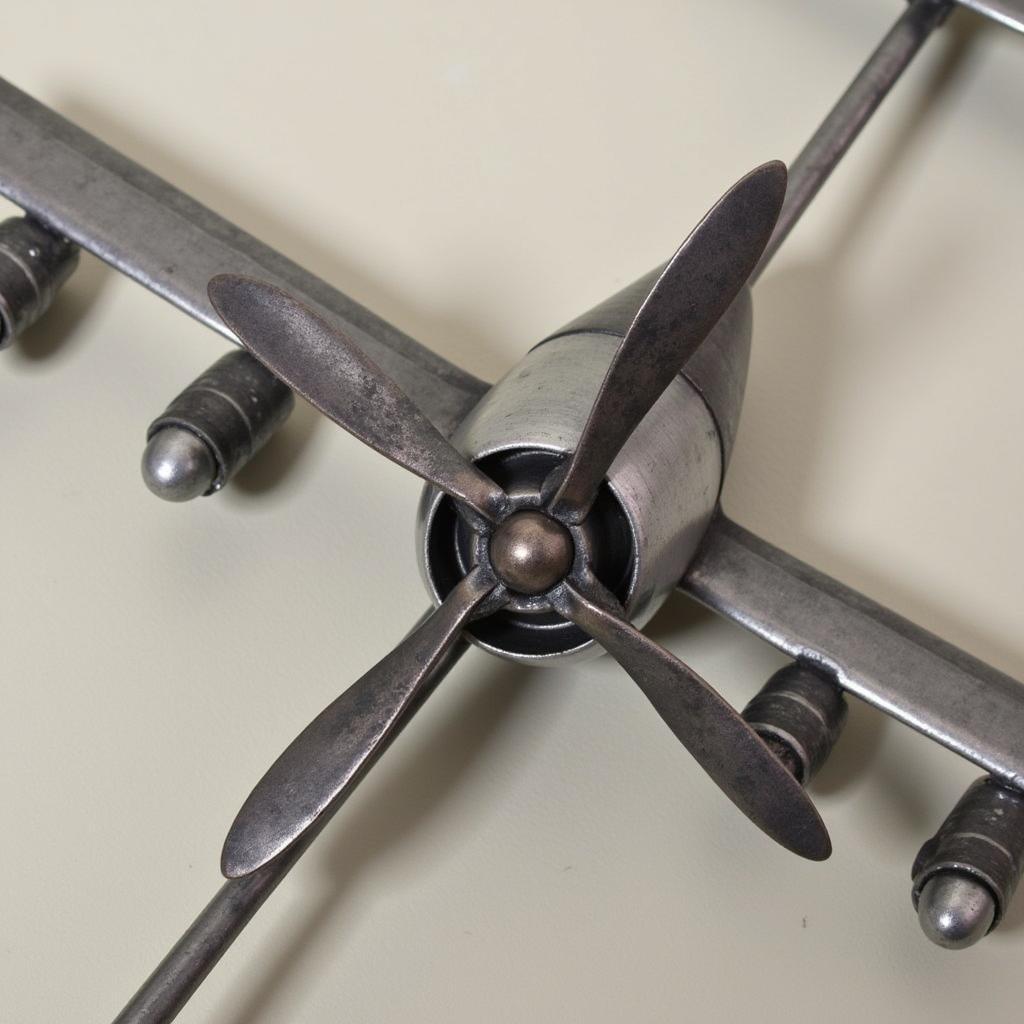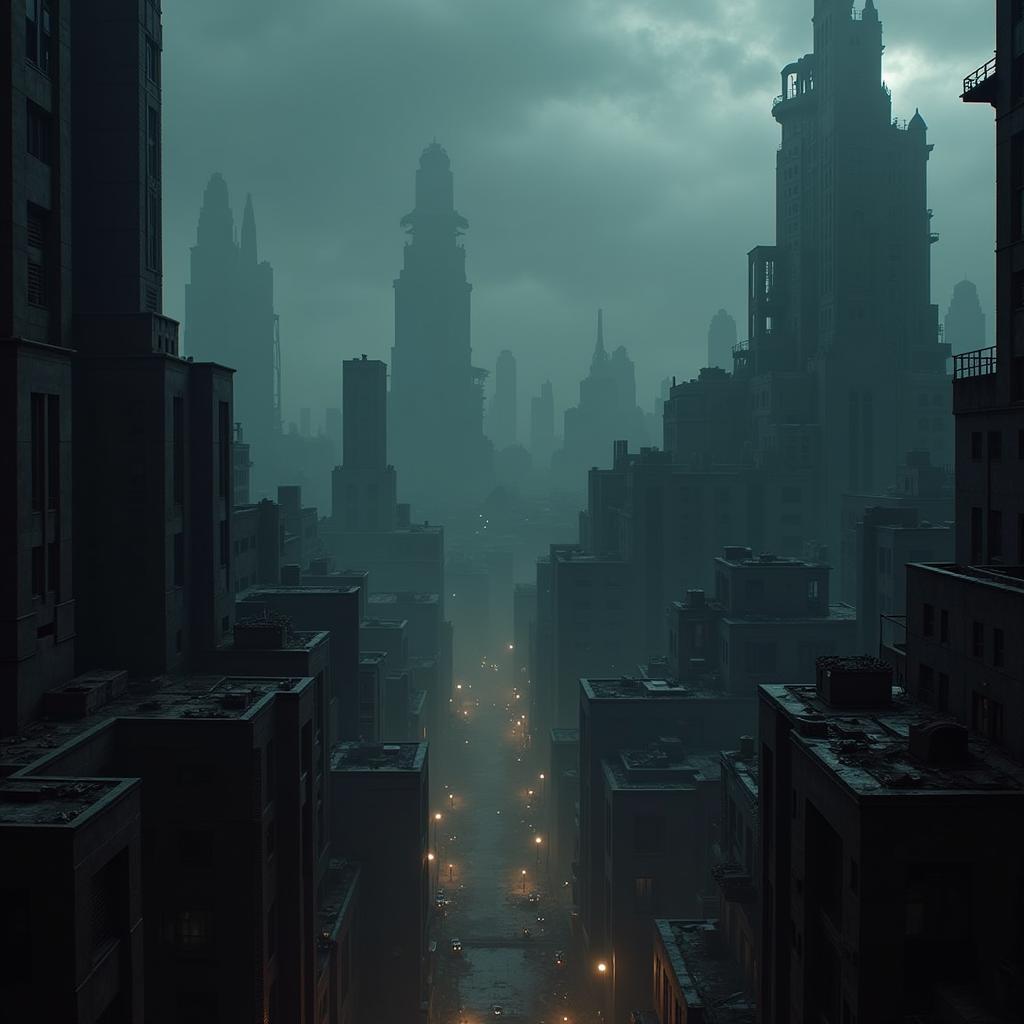Day of the Dead Art: A Journey Through the Colorful World of Celebration and Remembrance
The Day of the Dead, also known as Día de Muertos, is a vibrant and cherished tradition in Mexico and other Latin American countries. It is a time to honor and celebrate the lives of loved ones who have passed away. One of the most captivating aspects of this holiday is the art that comes with it, which embodies the unique blend of celebration and remembrance. Join us as we delve into the world of Day of the Dead art, exploring its history, significance, and the diverse forms it takes.
Understanding the Origins and Significance of Day of the Dead Art
Day of the Dead art has evolved over centuries, drawing inspiration from indigenous Mexican traditions and incorporating elements of Catholic beliefs. The Aztecs, for example, celebrated a festival dedicated to the dead, known as “Miccailhuitontli,” which featured offerings and decorations. After the Spanish conquest, this tradition blended with Catholic beliefs, leading to the modern-day celebration of Día de Muertos.
The art associated with this holiday serves a profound purpose. It acts as a visual testament to the cyclical nature of life and death, reminding us that the spirits of our loved ones continue to live on in our memories. Through vibrant colors, intricate details, and symbolic imagery, Day of the Dead art transforms the somber nature of death into a celebratory occasion.
Skeletons and Skulls: Iconic Symbols of Life and Death
One of the most recognizable aspects of Day of the Dead art is the use of skeletons and skulls. These symbols, often depicted in cheerful and playful ways, represent the fragility of life and the inevitability of death. However, they also serve as a reminder to appreciate the preciousness of each moment and to embrace life fully.
“[short-code-1]skulls-and-skeletons-art|Day of the Dead skulls and skeletons art | The Day of the Dead is a celebration of life and death, and skulls and skeletons are often used in art to represent both. They are a reminder that life is precious and should be cherished.”
The use of skeletons and skulls in Day of the Dead art goes beyond mere symbolism. These figures are often depicted in various activities, such as dancing, playing music, or even eating and drinking, emphasizing the idea that death is not an end but a continuation of life in a different form.
Sugar Skulls: Sweet Delights and Symbolic Offerings
Sugar skulls, known as “calaveras de azúcar,” are a beloved tradition in Day of the Dead celebrations. These elaborate sugar sculptures, often decorated with colorful icing and edible decorations, are crafted in the shape of human skulls and are symbolic representations of deceased loved ones.
“[short-code-2]sugar-skulls-art|Day of the Dead sugar skulls art| Sugar skulls, or “calaveras de azúcar,” are a popular form of Day of the Dead art. They are made of sugar and decorated with colorful icing and often include the name of the deceased person on their forehead.”
Sugar skulls are not only beautiful but also hold deep cultural significance. They serve as offerings to the departed spirits and represent the sweetness of life and the love we hold for those who have passed away. These edible treats are often placed on altars, known as “ofrendas,” along with other symbolic offerings such as food, flowers, and photos of the deceased.
The Art of the “Ofrenda”: Creating Sacred Altars of Remembrance
The “ofrenda,” or altar, is an integral part of Day of the Dead celebrations. It is a sacred space dedicated to honoring the deceased and inviting their spirits to visit. This altar is adorned with various offerings, including photographs of loved ones, candles, incense, food, and drinks that the deceased enjoyed during their lifetime.
“[short-code-3]day-of-the-dead-altar|Day of the Dead altar art| The “ofrenda” is a sacred space dedicated to honoring the deceased and inviting their spirits to visit. It is often decorated with flowers, food, candles, and photographs of the deceased.”
The creation of the “ofrenda” is an art form in itself. Families often spend hours carefully arranging the offerings, adding personal touches that reflect the unique personality and life of the deceased. The art of the “ofrenda” demonstrates the immense love and respect families have for their departed loved ones, creating a beautiful and meaningful space to honor their memory.
Day of the Dead Art: Beyond Traditional Forms
While skeletons, skulls, sugar skulls, and “ofrendas” are integral to Day of the Dead art, contemporary artists have explored various interpretations and mediums. From vibrant paintings and sculptures to intricate paper crafts and digital art, Day of the Dead art continues to evolve, reflecting modern sensibilities and exploring new ways to express the spirit of the tradition.
“[short-code-4]contemporary-day-of-the-dead-art|Contemporary Day of the Dead art|Contemporary artists are exploring new ways to express the spirit of the Day of the Dead through their art, using mediums such as painting, sculpture, and digital art.”
Contemporary Day of the Dead artists often use their art to address social and political issues, blending traditional symbols with contemporary themes. This evolution ensures that the tradition remains relevant and resonates with a wider audience, demonstrating the power of art to transcend time and connect with diverse perspectives.
Day of the Dead Art: A Celebration of Life and Memory
Day of the Dead art is a powerful and multifaceted expression of a deeply rooted cultural tradition. It is a celebration of life, a remembrance of loved ones, and a reminder of the interconnectedness of all living beings. Whether through traditional forms or contemporary interpretations, Day of the Dead art serves as a timeless testament to the resilience of the human spirit and the enduring power of art to connect us across generations and cultures.
Frequently Asked Questions
Q: What is the significance of the marigold flowers used in Day of the Dead celebrations?
A: Marigold flowers, known as “cempasúchil,” are believed to guide the spirits of the deceased back to the land of the living. Their vibrant orange color symbolizes the sun and represents the life force that transcends death.
Q: What are some other traditional Day of the Dead food offerings?
A: In addition to sugar skulls, traditional Day of the Dead food offerings include “pan de muerto,” a sweet bread decorated with bones and skulls, as well as dishes like tamales, mole, and pozole.
Q: Are there any Day of the Dead art workshops available for those interested in learning more about this tradition?
A: Absolutely! There are many art workshops and classes that teach traditional Day of the Dead art techniques and concepts. These workshops provide hands-on experience with creating “ofrendas,” sugar skulls, and other iconic elements of Day of the Dead art.
Q: How can I incorporate Day of the Dead art into my own home or workspace?
A: You can create your own “ofrenda” with photographs, candles, and other symbolic items. You can also incorporate Day of the Dead artwork into your home decor, such as paintings, prints, or handcrafted items.
Beyond This Article:
-
For more information about Day of the Dead art and traditions, be sure to explore our articles on famous day of the dead art, skeletons and skulls art, and call of duty infinite warfare concept art.
-
If you’re looking for fun activities to do with children, check out our article on dia de los muertos art activities.
Let’s Connect!
For any questions or inquiries, please feel free to contact us at:
- Phone: 02462573573
- Email: danteum@gmail.com
- Address: Savico Megamall, 7-9 Đ. Nguyễn Văn Linh, Gia Thụy, Long Biên, Hà Nội 10000, Việt Nam
Our team is available 24/7 to provide assistance and answer any questions you may have.

